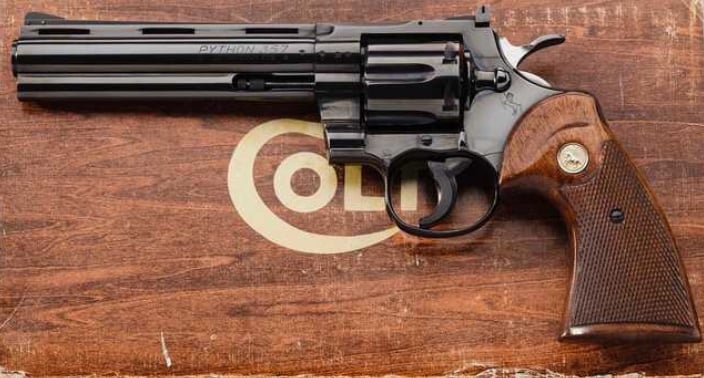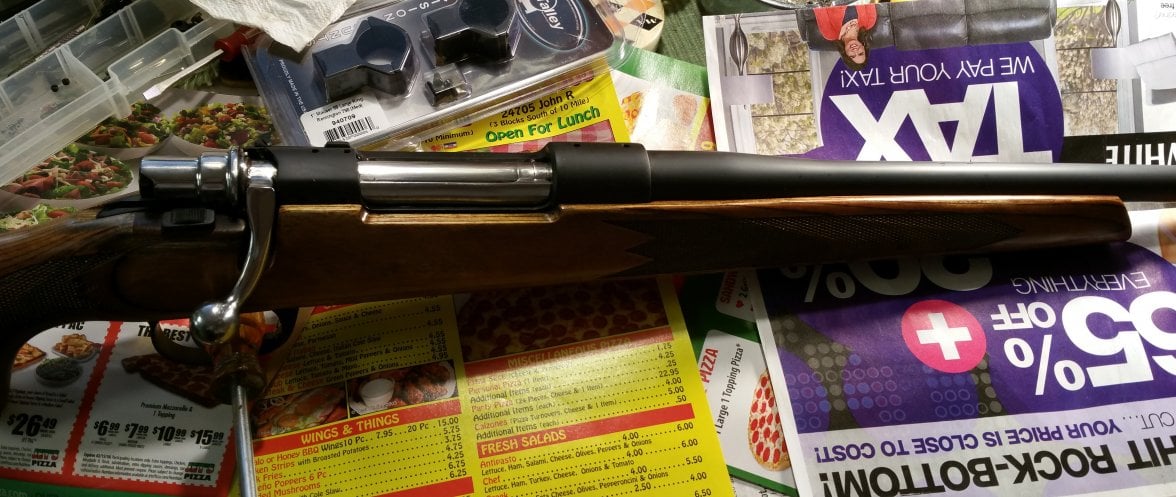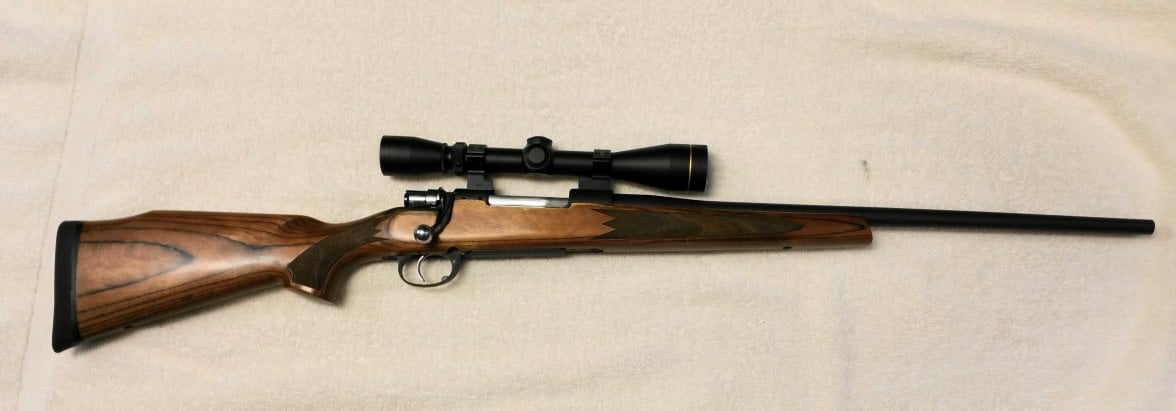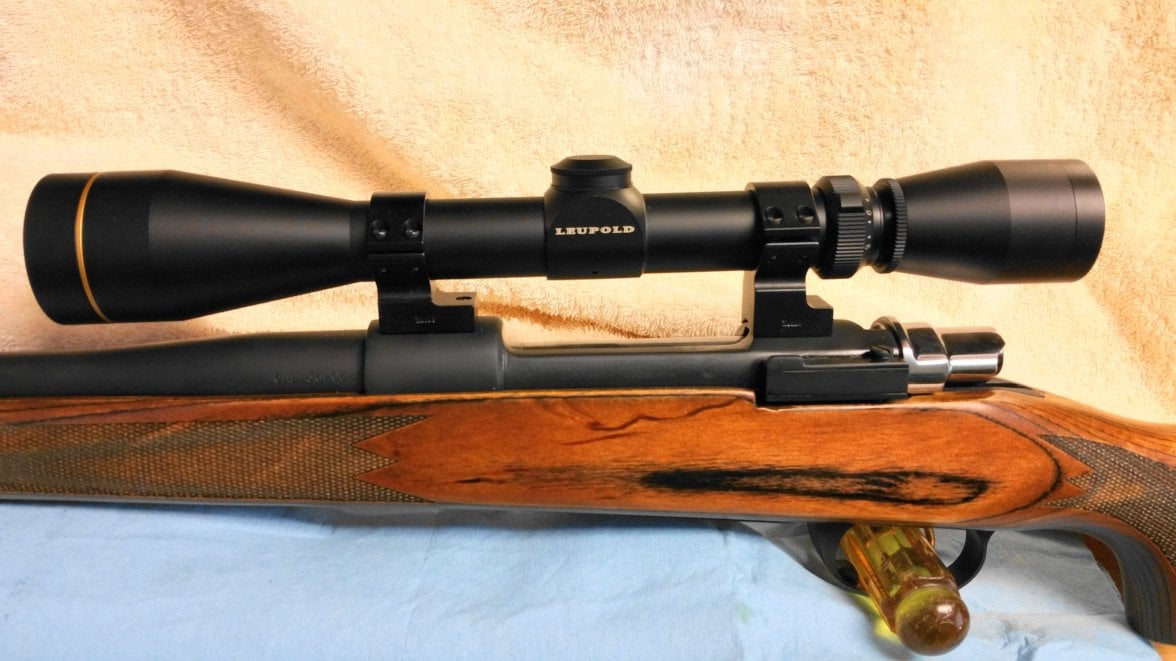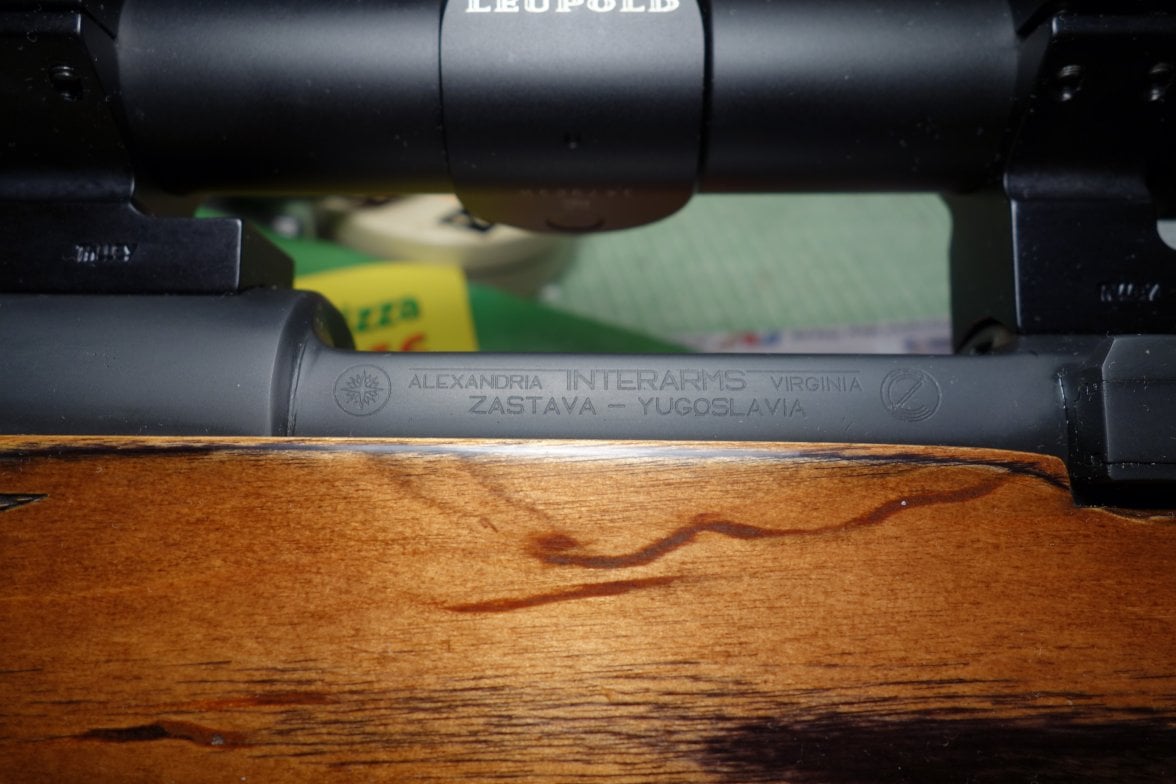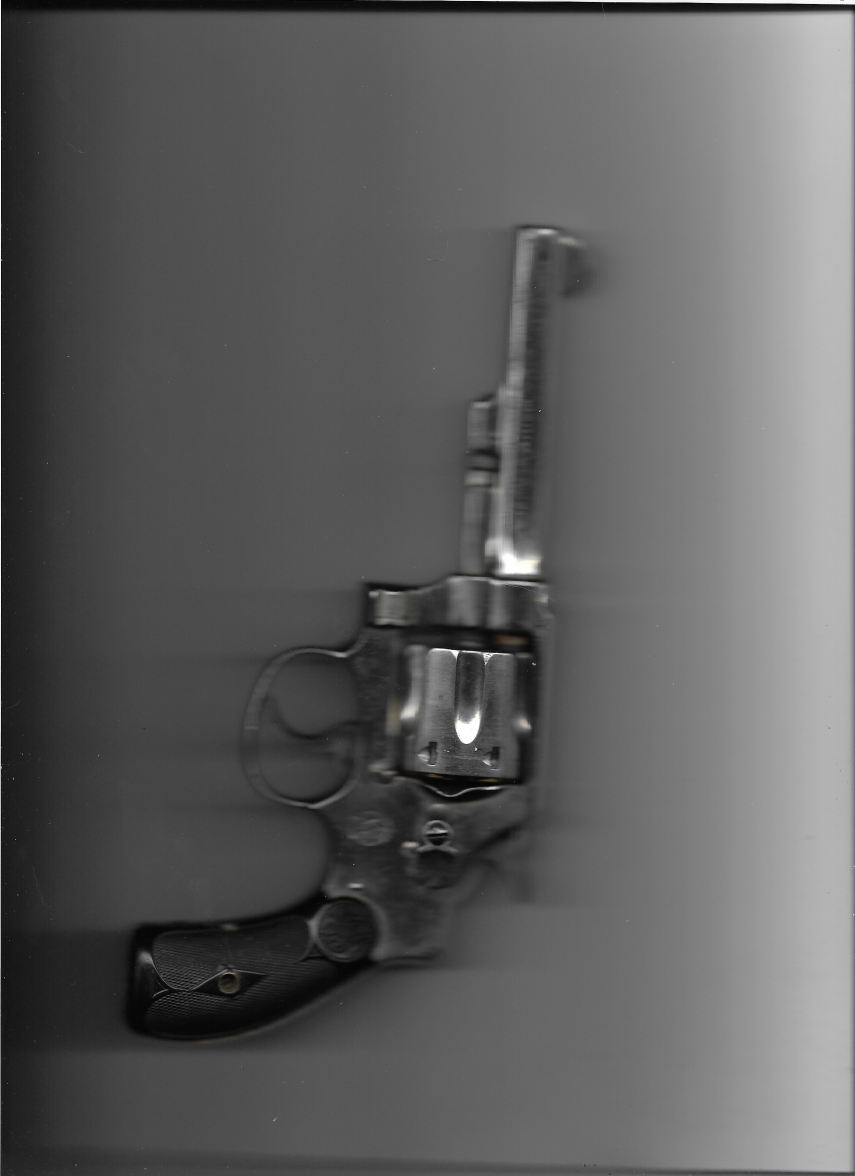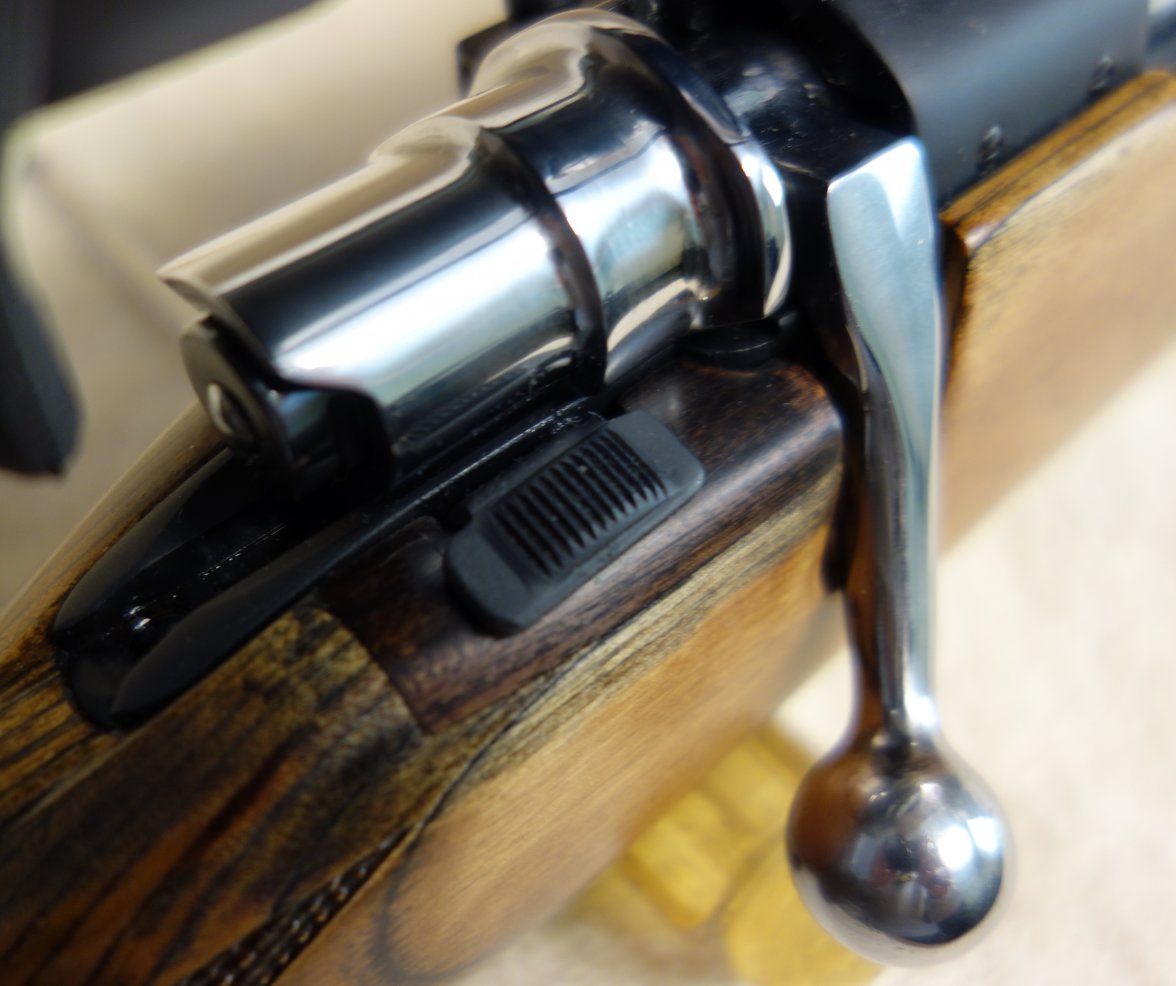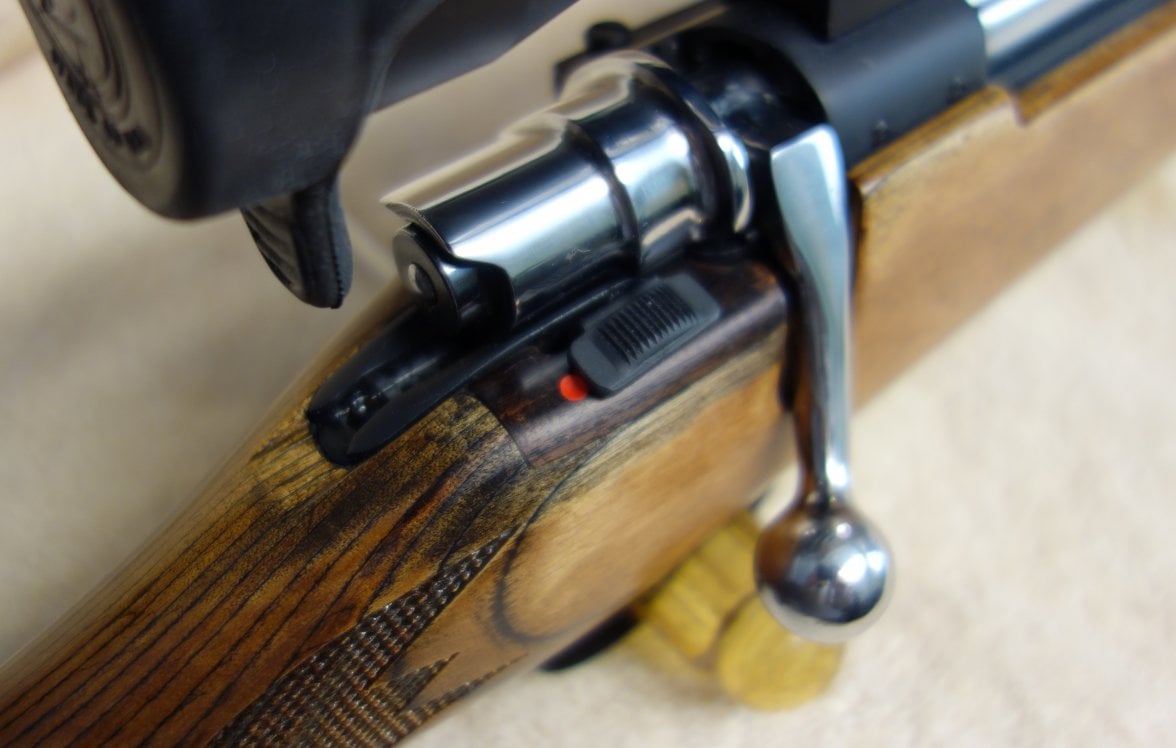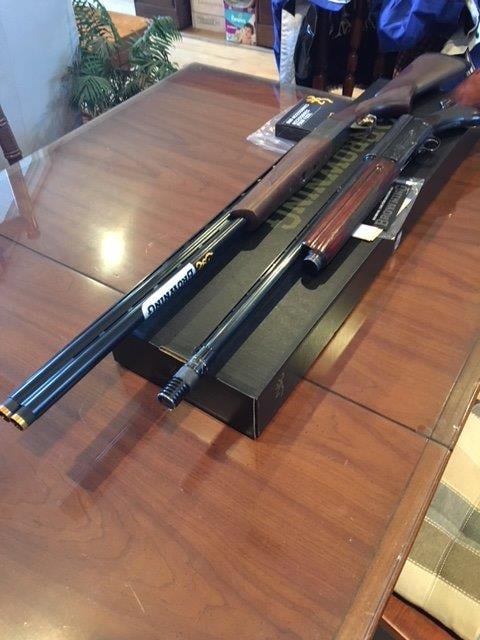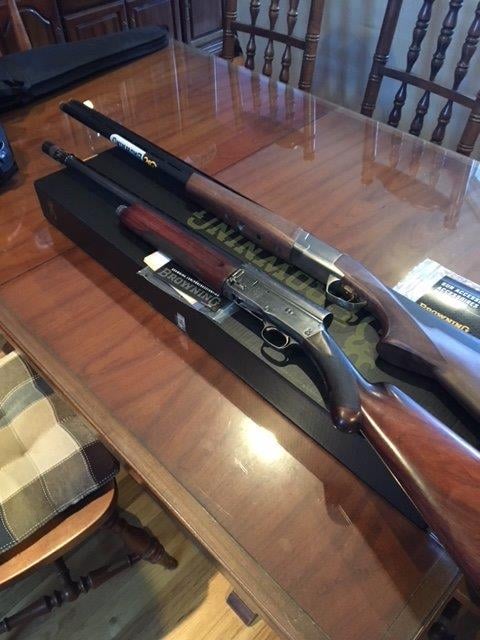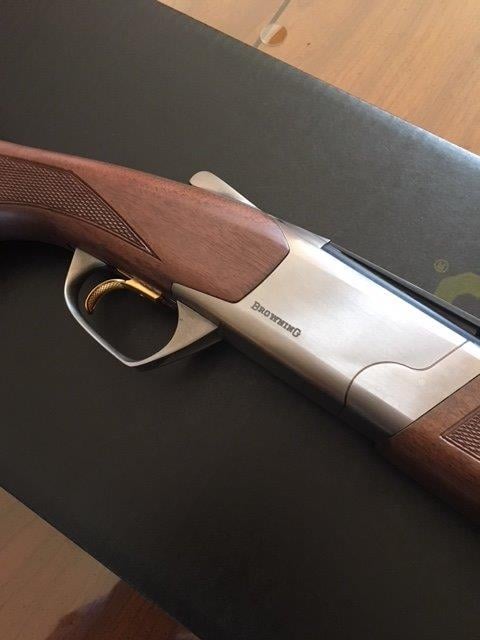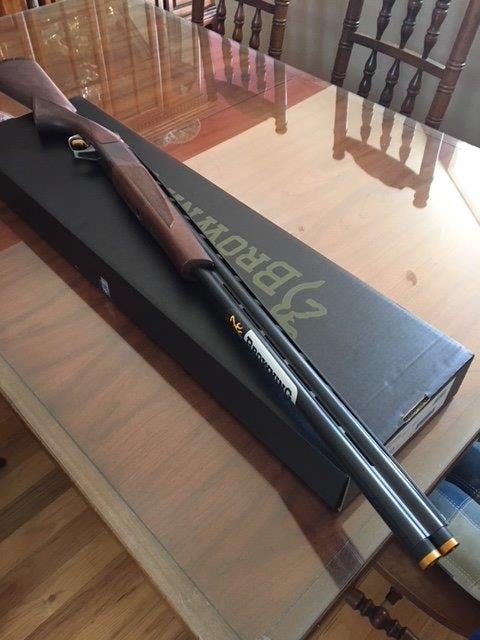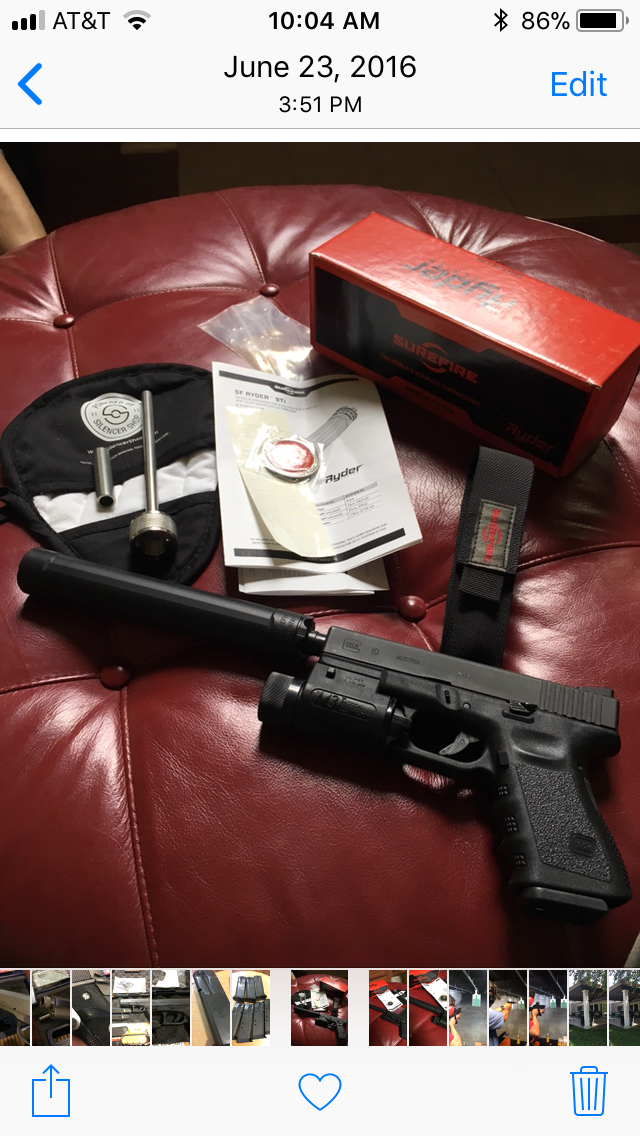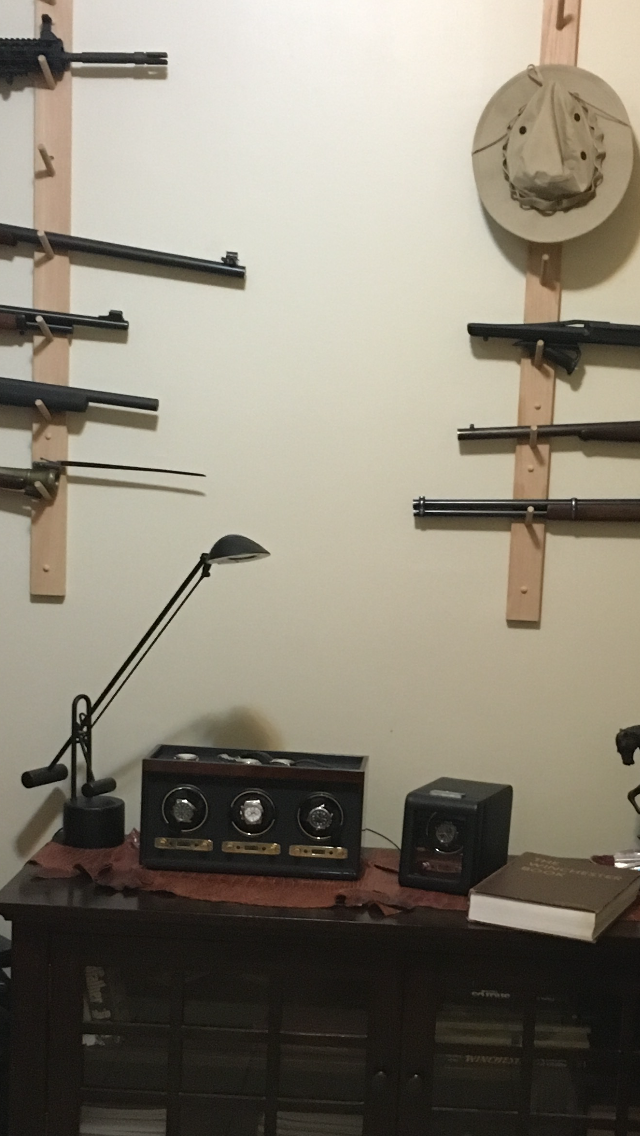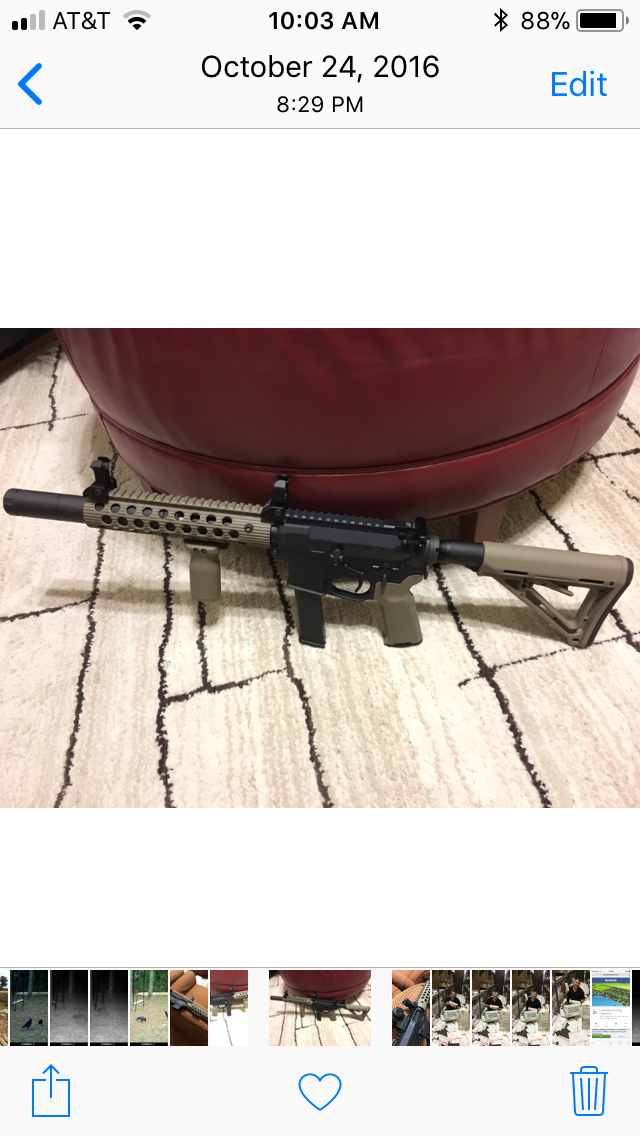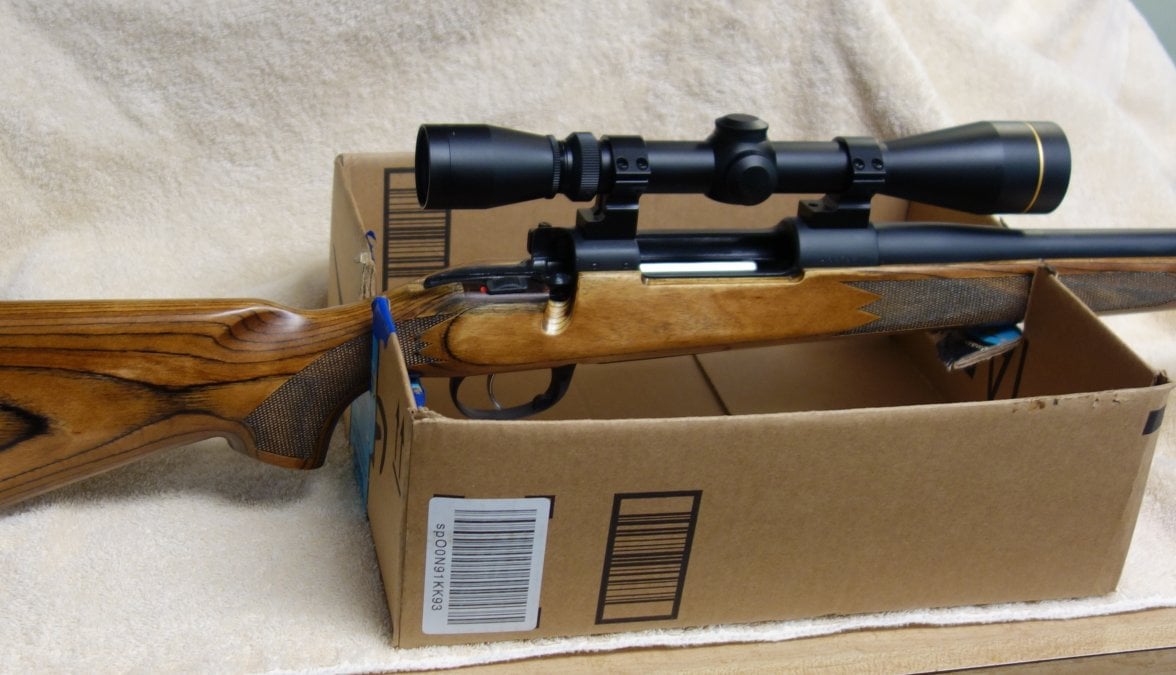Yeah UncleBuck I kinda have a soft spot for the ol' Smith & Wesson Military & Police/Model 10 revolver.
Put this article up on a firearms forum or two.
____________________________________________________________________________________________________
Built on the renowned K-Frame, the Smith & Wesson Model 10, previously known variously as the Smith & Wesson Hand Ejector (in earliest factory catalogs), the Smith & Wesson Military & Police (through several decades of the 20th century) and even the Victory Model (World War II military contract variants) has been in production since 1899. The famous model was first termed the Model 10 by Smith & Wesson in 1957.
Not continuous production mind you. For some months during World War I the U. S. government temporarily nationalized Smith & Wesson. From June 3 1918 to February 6, 1919 no Military & Police .38 revolvers were produced, for the government took temporary control of the factory from the Wesson family in an effort to insure higher production of the N-Frame Model 1917 .45 for wartime needs. The government took control of many companies during both World Wars in an effort to better prosecute the war.
Saving for that eight month hiatus though the revolver has been a universal and very important handgun addition to the small arms of the world. Over
6 million have been produced, all originating in Springfield Massachusetts, yet supplying every part of the globe. The revolver has been popular with law enforcement agencies worldwide, has been used in abundance by military forces of many nations, and with civilians who deem it prudent to have a serviceable side arm at hand.
Even the bad guys liked the revolver.

This one was owned by Hermann Göring.
My first handgun was purchased used over 40 years ago and it was a common garden variety Model 10 Heavy Barrel. It still sees daily use as the bedside defense choice, frequent range use, experimental handload testing, and holstered for the field or for personal defense carry. Far more rounds have been fired through it than any other center fire handgun I own. I'm wondering if it'll ever break down or if I'll die first. It's never given any trouble whatsoever.
Much is made of the need for high-capacity for personal defense or for magnum power for hiking. There are handguns on hand that meet both those perceived needs. I tend to play with those more often than I carry them seriously though, instead frequently giving the nod to the Model 10 when I have serious handgun intentions. Maybe it's only good fortune but neither revolver or its .38 Special cartridge has failed in field use since I first got the Model 10 in the mid-1970s. Since I have always had my own "fields" to hike and stomp around in, that's a lot of use.
As a tool for the lawman, perhaps the Model 10 could be looked upon as the "Glock" of the immediate post-World War II period well into the 1980s for it was the ubiquitous occupant of a large number of police holsters of the era. While Smith & Wesson's .38 revolver was popular with law enforcement agencies prior to World War II, it is said that the Colt revolver beat it out in law enforcement sales in the first four decades of the 20th century. Some say this transformation in lawman tastes occurred about the time police shooting tactics changed to more favor double-action shooting. It could be nothing more than Smith & Wesson salesmanship undercutting pricing with an easier to produce design. Agencies have always like a bargain.
M & P/Model 10s have always occupied a place here. There were more than these as I once had at least one representing every decade of the 20th century. Some have been since been traded away. These are all that I'll admit to having at present. One can always use a spare Model 10 or two somewhere on the side.
1904 5-inch nickel round butt (square butt to be first introduced in 1905). The nickel finish is degraded but clings valiantly to both front and rear sight, causing a lot of glint. The front sight blade is quite thin on these early models and the U-notch rear sight is miniscule as well. Not the best sighting arrangement for fine shooting. I love round butt K-Frames but this one's a bit of a stinker to hold. It seems thinner than the other round butts here and the original factory hard rubber stocks are slick, making the revolver more prone to squirm in one's hand. Still it's glorious to shoot the old thing. Quite elegant it is to shoot the revolver single-action with one hand.

Sharing this photo just for fun. Yep, 30 various +P factory loads and one similar handload were fired off from this very early production revolver during a .38 Special chronographing session, partially for the purpose of "proving" that the .38 Special +P is a tempest in a teapot with regards to K-Frame revolvers made prior to Smith & Wesson's arbitrary 1957 cut off year for use with +P ammunition. This has given rise to all sorts of "sky-is-falling" internet dithering over blown-up pre-1957 revolvers using the malevolent +P ammunition. No real evidence is ever forthcoming in all the dithering, hence the test with this revolver. Yeah, it's not a great idea to subject one of these elderly examples to copious quantities of +P ammunition, beating it apart to no purpose, but one can safely use +P in a pinch and even use a dab of the ammunition at the range for sight verification purposes without significantly degrading the revolver. This old wheezer was a $75 purchase, ugly as mud but mechanically tight and with good bore. After the +P test it's still just as tight.
 1917-1919
1917-1919 4-inch blue round butt. The square butt variant introduced quickly outsold the round butt models, leaving this a comparatively uncommon configuration by World War I. The stocks on this round butt provide for an unusually fine grip for my hands, even though I have large hands with long fingers. It's most gratifying to shoot. Purchased for cheap about 10 years ago at an estate auction in Brownwood, Texas.
 1926
1926 Common 4-inch square butt blue finish. Paid an exorbitant price for this one at the time, but it was such an unusually fine example and not often seen in this condition. I thought I was a nitwit for paying so much. "So much" was $180 at closing time on a Sunday afternoon at the Dallas Market Hall gun show so that was quite a while back. Proves one doesn't pay too much for guns. he just buys them too early. This one's a great double-action shooter. This revolver as seen in this particular photo serves as my Forum avatar.
 Also probably around 1926
Also probably around 1926, a .32-20 Hand Ejector, also 4-inch blue round butt. Bought this one at the Dallas Market Hall show on an occasion when a friend from England was in and attending the show with me.
 World War II
World War II 4-inch Square butt Parkerized. Wartime finishes used on Victory Models ran from bright pre-war commercial blue (very few early models), to sandblasted blue, to sandblasted black Du-Lite finish, to Parkerized finish later in wartime production. Also, any of the earlier Victory Models that were refinished while in military service were Parkerized, making it the most commonly seen finish. This revolver probably dates to summer of 1945. This one exhibits little sign of firing use, yet also exhibits the very smoothest double-action trigger of any K-Frame Smith & Wesson revolvers I have. Several other Victory Models I've handled down through the years also had this same smooth action feel about them.

When I was young, these things were $60-$75 at the Fort Worth gun shows, seems like for several years. Nobody paid them any attention. I was a building a budding US military arms collection and also a big Smith & Wesson fan so wanted an example, but told myself: "They're always there and cheap. I'll get around to getting one." By the time I "got a round tuit" securing one, it cost me about twice what a good one would have cost in the late 1970s. Still a "deal" compared with current market value.
The hammer spur on all the pre-war Smith & Wesson revolvers represents the most graceful, attractive, and appealing style of all to me. Unfortunately, it also ill-serves the single-action shooter with its tiny fine checkering, always prone to slip from under the thumb. Add a bit of wear to the checkering or factor in cold, wet, or oily fingers and efficient single-action cocking of the revolver is rendered a chore compared with post-war hammer spur designs. Additionally, the hammer spur design temporarily blocks one's sight picture as the hammer travels rearward during the double-action trigger pull function. This was decried by some as a design flaw back in the olden days, but it is only for the briefest instant and if one manages his double-action revolver shooting in the proper manner will give no trouble. Besides, these pre-war revolvers' actions are so smooth they materially enhance good double-action shooting. It's one of those non-issues in my opinion.
Observation on the .38 Special cartridge and ammunition.
Some denigrate the performance of the cartridge outright. While the .38 Special can be mild in target or standard loadings, is actually still mild if one uses the usual run of light-bullet loads, +P rated though they may be, the round can be an effective self-defense friend if the "right" loads are chosen and velocity performance is only enhanced if one chooses a barrel length longer than the 2-inch snub.
in 1930 Smith & Wesson worked with Winchester to introduce a special high-performance .38 Special loading to the market in conjunction with a heavy N-Frame .38 Special chambered revolver. This loading received the convoluted name of .38-44 which was suppose to connote images of a .38 Special revolver built on Smith & Wesson's .44 (read that N) frame. This factory loading was a real "stem-winder", sending a 158 grain bullet to 1125 fps, or perilously close to some of today's factory .357 Magnum loads' performance! The load wasn't recommended for lighter-framed, smaller .38 Special revolvers. But then both Smith & Wesson and Colt immediately began advertising that this potent load could be used in their smaller revolvers.
1930s Smith & Wesson and Colt advertising


(Can you imagine corresponding with D. B. Wesson or perhaps calling him on the phone?)

(Yeah, I bet a light Colt Police Positive Special would feel real cozy, belting out a cylinder-full of .38-44)
Elmer Keith did a review of the new Airweight J-Frame Smith & Wesson when it was introduced in the early 1950s by shooting something like 500 rounds of .38-44 through it and pronounced the gun a success (and manageable). Elmer
would say that.
.38-44 isn't sold and hasn't been for years. The slack has effectively been taken up by Buffalo Bore and Underwood (perhaps other) and loads which effectively duplicate .38-44 performance may be purchased.
Handloaders can duplicate .38-44 performance, and without raining revolver parts down in a five-county region.
The .38 Special can be hard hitting if the really heavy loads are chosen and they have there place. The generic "Fedingchester" 158 +P load, while milder than the fire-breathers, offers worthwhile performance over standard velocity. While we're at it, I'd not feel particularly cheated if I had to defend myself with standard-velocity 158 grain .38 Special loads if the bullets were lead semi-wadcutter in design. I just don't want any lightweight jacketed 90 to 125 grain .38 Special loads, +P rated or not. Such lightweight bullets should be relegated to "inferior" cartridges like the .380 and 9mm in my view, hah!

